Sanjay Dongre's book, On The Church Trail, reveals a fascinating history with anecdotes about Pune's churches
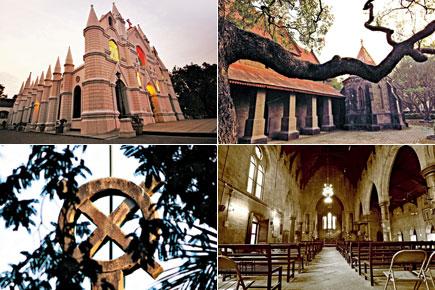

The Scottish Castle at St Patrick’s Cathedral
ADVERTISEMENT
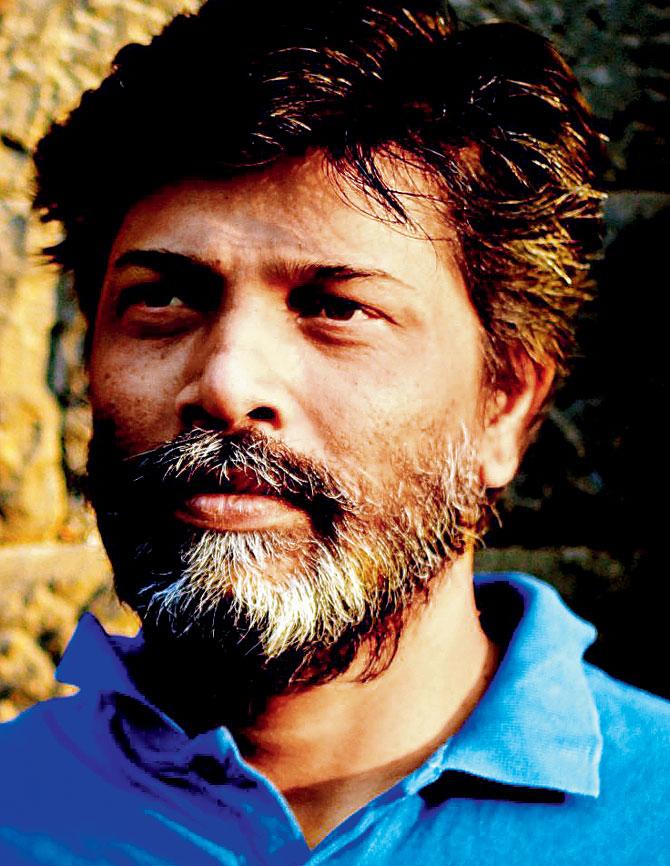
Sanjay Dongre
India may not have churches to match the scale and grandeur of the European counterparts, but they are not any less in beauty and the fascinating history they have witnessed, says artist and writer Sanjay Dongre, who recently came out with a book on the churches of Pune. He is also coming out with a documentary on the subject early next month. Dongre shares with us a glimpse what he reveals in the book.
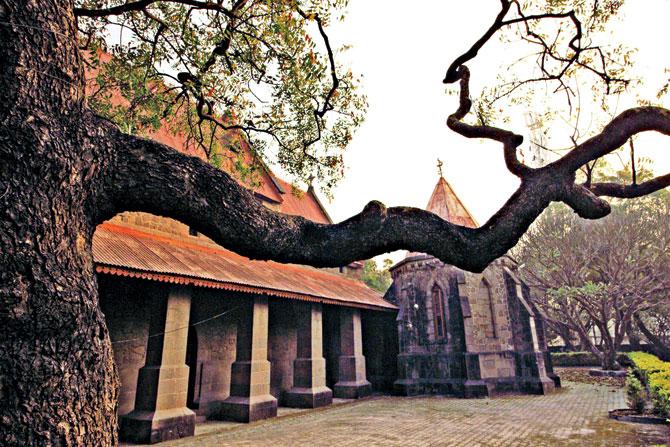
The Red Roof at All Saints’ Church, Khadki
What drew you to churches in Pune?
Someday I would love to tell the story of all the beautiful vintage churches across the country. In Pune, it was the Portuguese, not the British, who had brought the first church. There are about a 100-odd churches in Pune, but out of these there are about a dozen that are more than a century old. These churches are not just beautiful pieces of architecture, but they also have witnessed history and
if one spends enough time, the walls of these churches share some of the anecdotes. As a storyteller, I am naturally attracted to a good story.
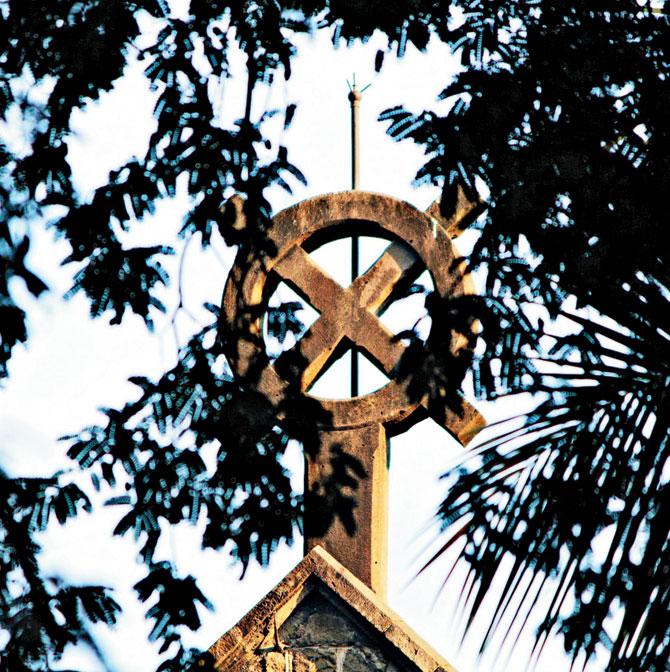
Saltire Cross
Could you share the significance of some of them?
A Brahmin Peshwa not just permitted his Christian soldiers to construct a church so that they could practise their faith, but also donated land for the purpose. This is such a beautiful thing that had happened way back in 1792, and very few people are aware of it. It was how the first church was built in Pune. While the role of the garrison church in the early militarisation of Pune is well-documented, lesser known is the aspect of the civilian European population that arrived in Pune along with the railways, post and the telegraph. This population demanded a place of worship, for which the Governor of Bombay laid the foundation stone of St Paul's Church in 1863.
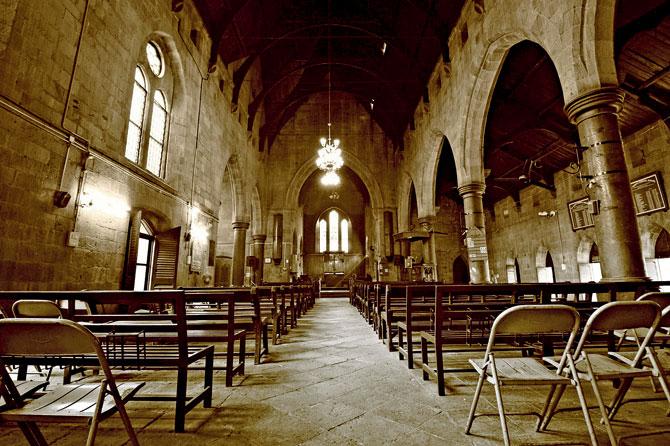
All Saints’ Church, Khadki
How challenging is it to convey the value of heritage? Why did you choose both the print and documentary format?
Sometimes, I think it is nearly impossible to convey the value of heritage. People are usually ignorant about it. Not just of the broader audience but also of those connected with the specific monument. It is not limited to Pune or the churches. Whenever we visit any heritage monument anywhere in the country, most tourist guides tend to rattle off the standard monologue and any question, which is, so to say, not part of their syllabus, puts them off. Often, it is covered up by local folklore divorced from history. We hope that the film ensures that people would at least become aware of the existence of these beautiful churches. The book, by definition, appeals to a limited audience. So it is aimed at the second line of problem that is to promote an enhanced awareness of the heritage structures.
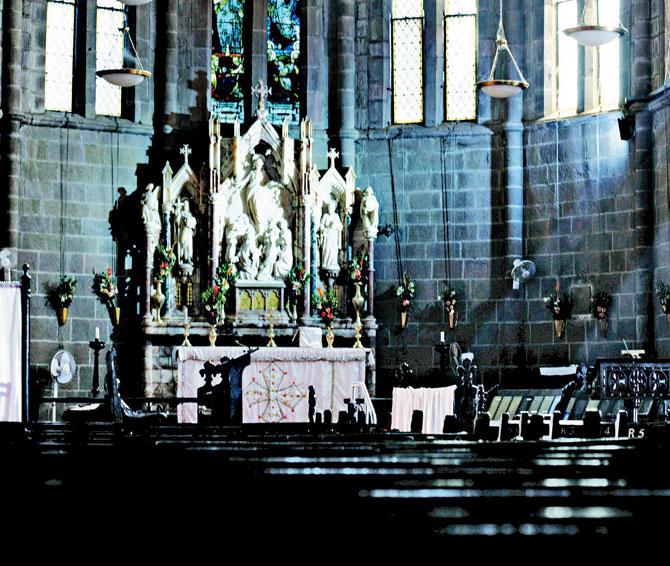
St Paul’s Church, Agarkar Nagar
What were some of the interesting revelations that you stumbled upon while researching for the book?
I would like to mention five: the first being the land donation by the Peshwa to built the first church.
The pipe organ is one of the most powerful musical instruments. I spotted it at St Mary's Church, and then on a beautiful Sunday morning, I had the honour of enjoying a mesmeric experience at St Paul's Church.
The third aspect is the martial aspect, as I got to know how the colours of a Regiment are put to rest in a Church in an old ritual of sorts. I have seen this at the All Saint's Church and then again at the St Mary's Church, both being garrison churches.
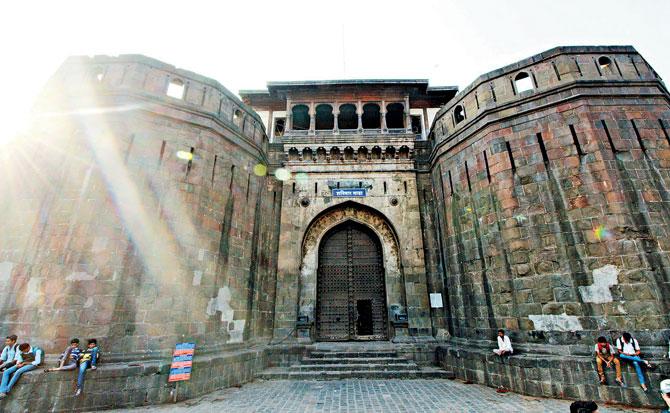
The story of the Churches in Pune starts from Shaniwarwada as the first church was built on land donated by Peshwa Sawai Madhavrao II
The fourth is the Saltire Cross, a rather different version of the cross, which is also on many flags, but in Pune is found only in one place, on top of the St Andrew's Church, not even inside. The last is beyond Pune, at Delhi, but which has its impact on Pune also eventually. Emperor Akbar, at one time, had entertained the thoughts of converting and also hosted Jesuit fathers for years in his capital.
While he did not finally convert, as we all know, the fact that he entertained the Jesuits for such a long term accorded a lot of significance to the faith in the Indian polity at that time. Akbar Church was built on land and money given by him, and stands (even today) in Agra.
 Subscribe today by clicking the link and stay updated with the latest news!" Click here!
Subscribe today by clicking the link and stay updated with the latest news!" Click here!






